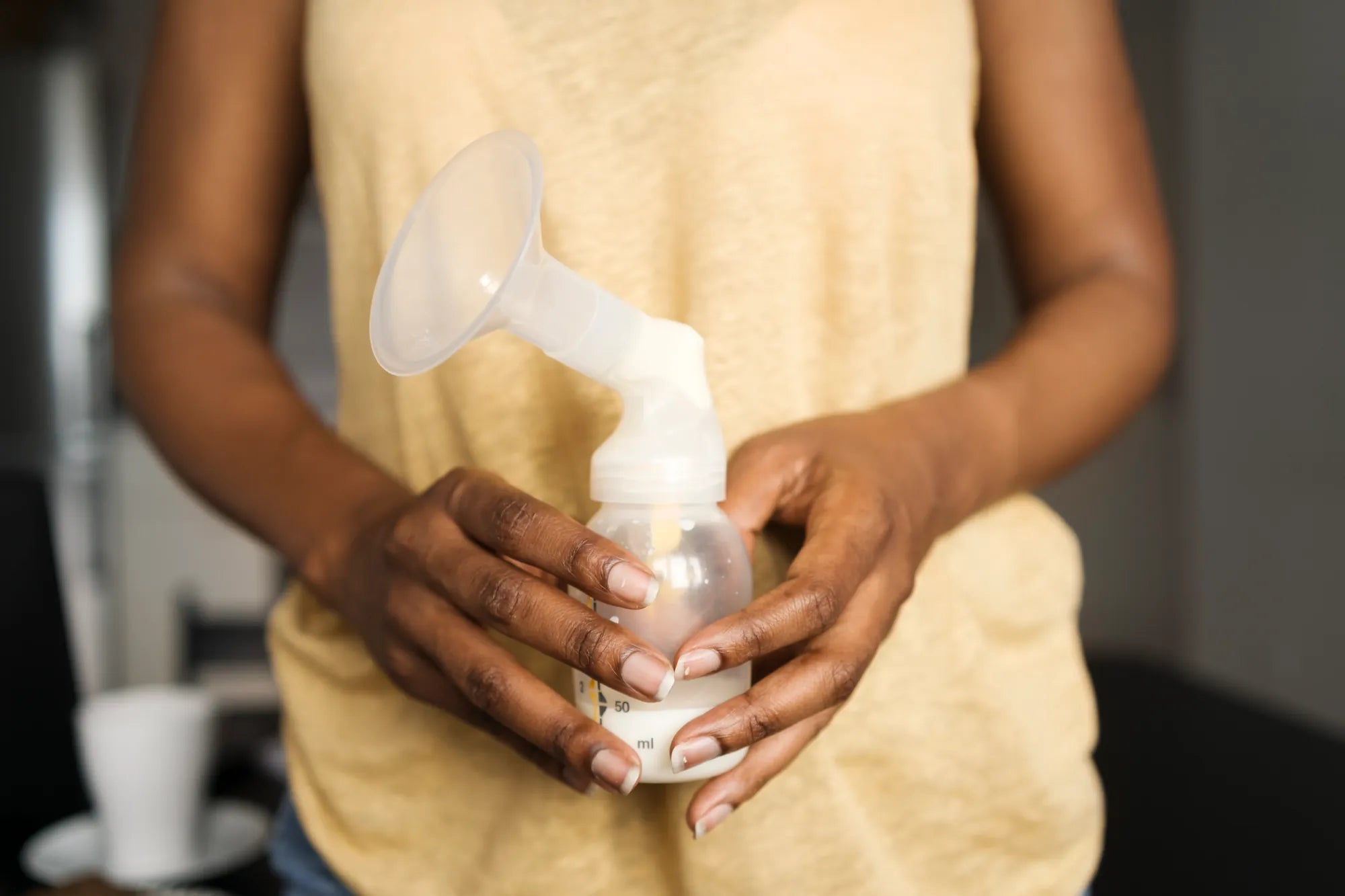Startseite
Pregnancy, Breastfeeding, and Pumping: The Ultimate Guide for Moms
Can You Shake Pumped Breast Milk? Everything You Need to Know

Can You Shake Pumped Breast Milk? Everything You Need to Know
When it comes to feeding your baby, every detail matters. One question that often arises among new parents is, 'Can you shake pumped breast milk?' The answer isn't as straightforward as you might think. In this article, we'll explore the science behind shaking breast milk, the potential risks, and the best practices for handling and storing it to ensure your baby gets the most nutrients.
Understanding Breast Milk Composition
Breast milk is a complex fluid that contains a perfect balance of nutrients, antibodies, and enzymes designed to support your baby's growth and development. It consists of three main components: foremilk, hindmilk, and a layer of fat that can separate when the milk is stored. This separation is natural and doesn't indicate that the milk has gone bad.
Why Do People Shake Breast Milk?
Many parents shake pumped breast milk to mix the separated layers back together. The idea is to ensure that the baby gets a consistent mixture of foremilk and hindmilk, which can provide a more balanced nutritional profile. However, shaking breast milk is a topic of debate among experts, and there are some considerations to keep in mind.
The Science Behind Shaking Breast Milk
Shaking breast milk can cause the fat molecules to break down, which may reduce some of the milk's nutritional benefits. Additionally, vigorous shaking can introduce air bubbles into the milk, which might lead to gas or discomfort for your baby. Some experts recommend gently swirling the milk instead of shaking it to minimize these risks.
Potential Risks of Shaking Breast Milk
While shaking breast milk is not inherently harmful, there are a few potential risks to be aware of. As mentioned earlier, shaking can break down the fat molecules and introduce air bubbles. Additionally, if the milk is not stored properly, shaking it could cause bacterial contamination, which can be dangerous for your baby.
Best Practices for Handling Pumped Breast Milk
To ensure that your baby gets the most nutrients from pumped breast milk, it's essential to follow best practices for handling and storing it. Here are some tips:
- Always wash your hands before handling breast milk.
- Use clean, sterilized containers for storage.
- Label the containers with the date and time the milk was pumped.
- Store the milk in the refrigerator or freezer immediately after pumping.
- When ready to use, gently swirl the milk to mix the layers instead of shaking it.
How to Safely Warm Breast Milk
Warming breast milk properly is just as important as handling it correctly. Avoid using a microwave, as it can create hot spots that might burn your baby's mouth. Instead, place the milk container in a bowl of warm water or use a bottle warmer. Always test the temperature of the milk on your wrist before feeding it to your baby.
Common Myths About Shaking Breast Milk
There are several myths surrounding the practice of shaking breast milk. One common misconception is that shaking can make the milk less nutritious. While it's true that shaking can break down fat molecules, the overall nutritional impact is minimal. Another myth is that shaking can cause the milk to spoil faster, but this is not supported by scientific evidence.
Expert Opinions on Shaking Breast Milk
Experts have varying opinions on whether or not you should shake pumped breast milk. Some believe that gentle shaking is perfectly fine, while others recommend swirling the milk to avoid breaking down the fat molecules. Ultimately, the decision is up to you, but it's essential to consider the potential risks and benefits.
Alternatives to Shaking Breast Milk
If you're concerned about the potential risks of shaking breast milk, there are alternatives you can try. Swirling the milk gently is one option, as it helps mix the layers without breaking down the fat molecules. Another alternative is to use a breast milk mixer, which is designed to mix the milk evenly without introducing air bubbles.
Storing Breast Milk for Optimal Nutrition
Proper storage is crucial for maintaining the nutritional quality of pumped breast milk. Store the milk in small portions to minimize waste and ensure that each feeding contains a balanced mixture of foremilk and hindmilk. Use the oldest milk first to ensure that it doesn't expire before being used.
How to Tell If Breast Milk Has Gone Bad
It's essential to know how to tell if breast milk has gone bad to ensure your baby's safety. Signs that breast milk may have spoiled include a sour smell, a change in color, or a clumpy texture. If you're unsure, it's always better to err on the side of caution and discard the milk.
The Importance of Proper Breast Milk Handling
Proper handling of breast milk is crucial for your baby's health and well-being. By following best practices for storage, warming, and mixing, you can ensure that your baby receives the most nutrients from your milk. Remember, every baby is different, so it's essential to find what works best for you and your little one.
Feeding your baby is one of the most important aspects of parenting, and understanding how to handle pumped breast milk is a key part of that process. Whether you choose to shake, swirl, or use an alternative method, the most important thing is to ensure that your baby gets the nutrients they need to thrive. By following the tips and best practices outlined in this article, you can feel confident in your ability to provide the best care for your baby.
Teilen

